Click images below for live demos:
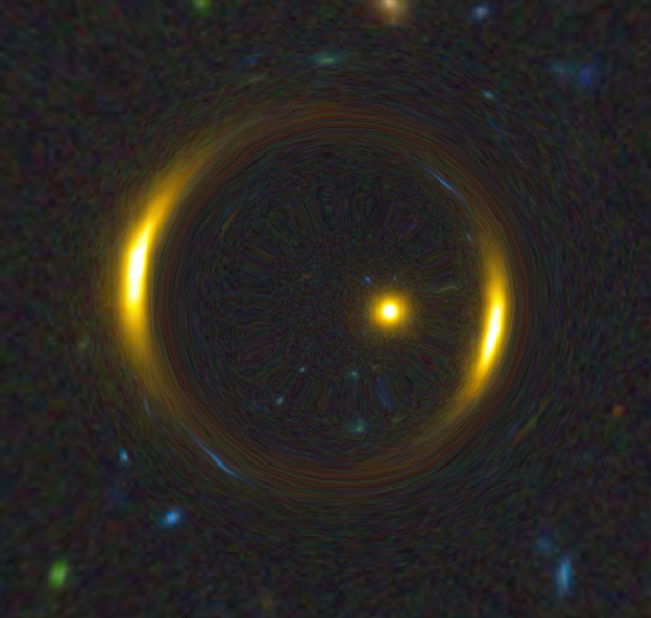 |
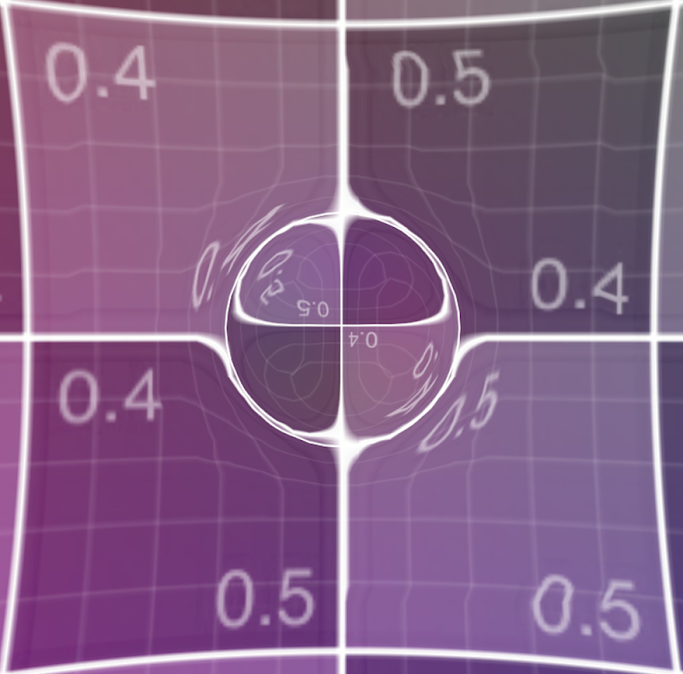 |
 |
|---|---|---|
| Using data from MROBS project | Simulation with Grid image | Simulation with seas skybox |
Click images below for live demos:
 |
 |
 |
 |
 |
|---|
Still Images:
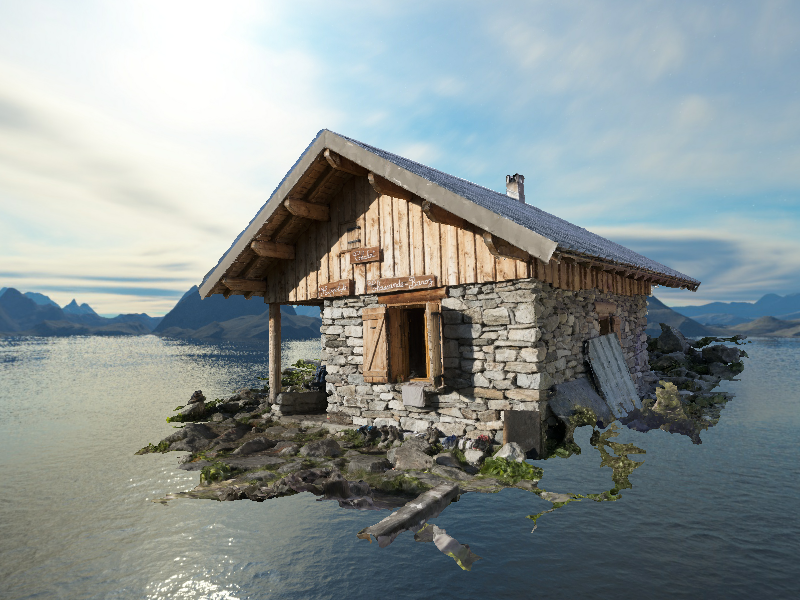 |
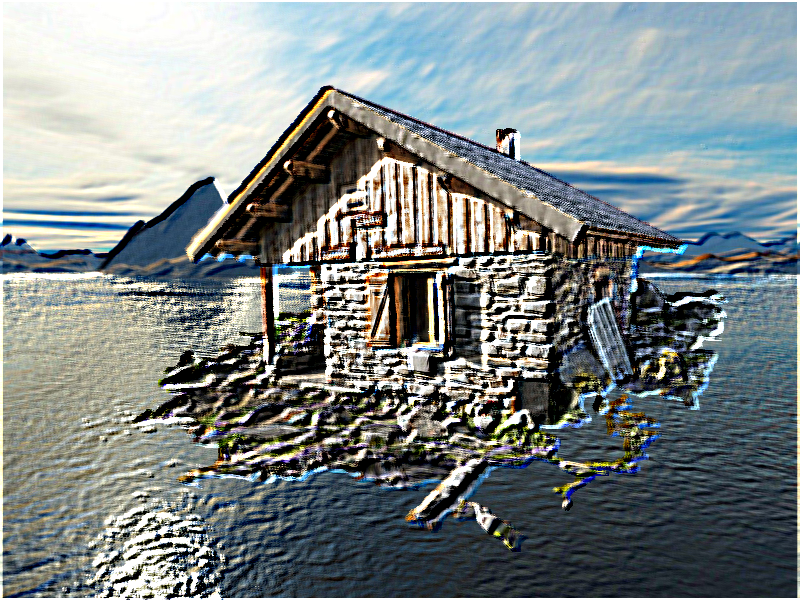 |
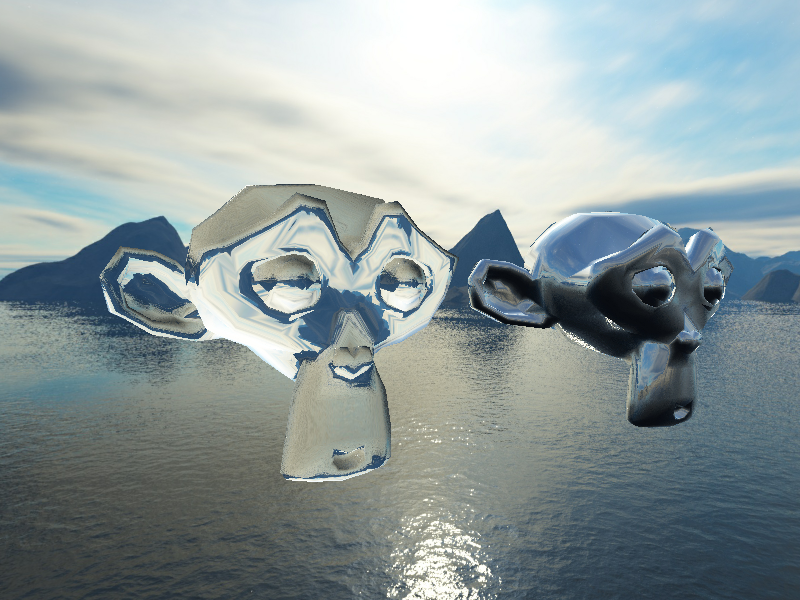 |
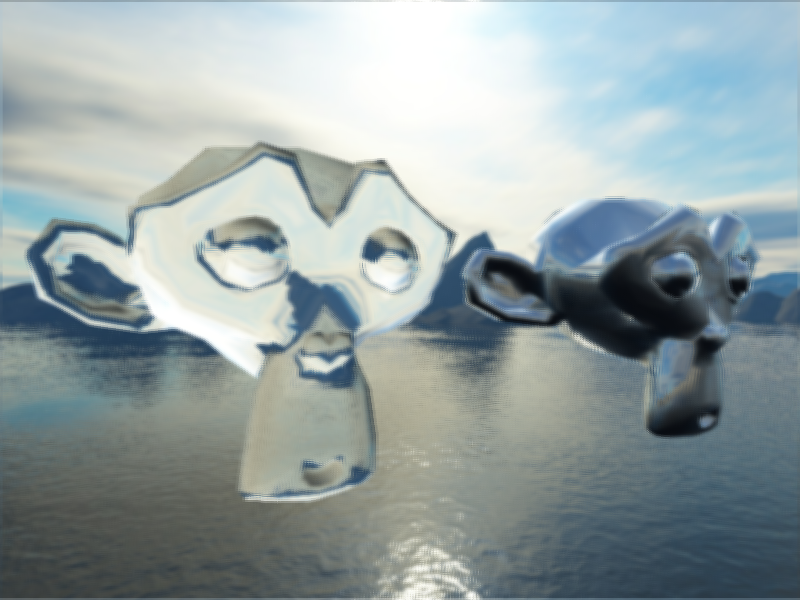 |
|---|
Each renderable is something that can be drawn to the screen. Each renderable has a mesh and a material. A mesh consists of the objects vertices/positions, index list that specify the order of the vertices to be drawn, a UV list for the texture coordinates for texture mapping, and a normal list for lighting. Such data can be loaded from a Wavefront obj file using the Objloader class.
Together, the code would look like this:
Mesh *cmesh = new Mesh();
ObjLoader obj("Render/res/models/cube.obj"); //filepath of obj file
cmesh->addData(obj.getPositionList(), obj.getIndexList(), obj.getUVList(), obj.getNormalList());Then the renderable can be created as follows:
Renderable* cube = new Renderable(cmesh, new Material(Material::REFLECT));In this example, the material passed can only reflect the light from its environment. There are no other properties to its material. The properties of a material are:
- Reflective and Refractive, as specified by
refractiveIndex(ifrefractiveIndex< 1 then reflect function will automatically be used) - Base Color, as specified by
color - Lighting, as specified by
specularIntensityandspecularPower
The above could be used in any combination to create a variety of renderable objects. This example shows
Renderable* hi_cube = new Renderable(cmesh, new Material(glm::vec4(1.0f, 1.0f, 1.0f, 1.0f), new Texture("Render/res/textures/Hi.png")));A layer is a group of renderables. Each renderable must be placed within a layer. A layer can be created by the following:
Layer *layer = new Layer({ cube, hi_cube });Each renderable in the layer can be changed using the index in which it was passed in;
In this example, to change the cube:
layer->alterRenderable(0)->alterModel().translateMatrix(glm::vec3(0.0f, -1.0f, -3.0f));This retrieves cube and then retrieve's its model matrix and translates its matrix by the given vector.
The layer and all of its renderables can be moved together using the same alterModel method, which returns an object of the Transform class. The Transform class creates flexibility in changing an object's model matrix for movement.
void Game::render()
{
//Start out with:
//If drawing to single texture, also include this line:
screen->drawToTexture();
//Initalize drawing to screen
ScreenBuffer::initalize();
//Get camera matrix
glm::mat4 transformProjectionViewCamera = camera->getProjection() * camera->getView() * camera->getCameraPositionTranslation();
/*
Have rendering code here
*/
//If drawing to single texture, also include this line:
screen->drawTextureToScreen();
}Rendering code involves several aspects. The layer must call the draw function and pass in a Camera model matrix for the user's viewpoint, a PhongShader for lighting, and a CubeMap for a skybox and environmental mapping. For the lensing simulation, a LensShader can also be passed in.
